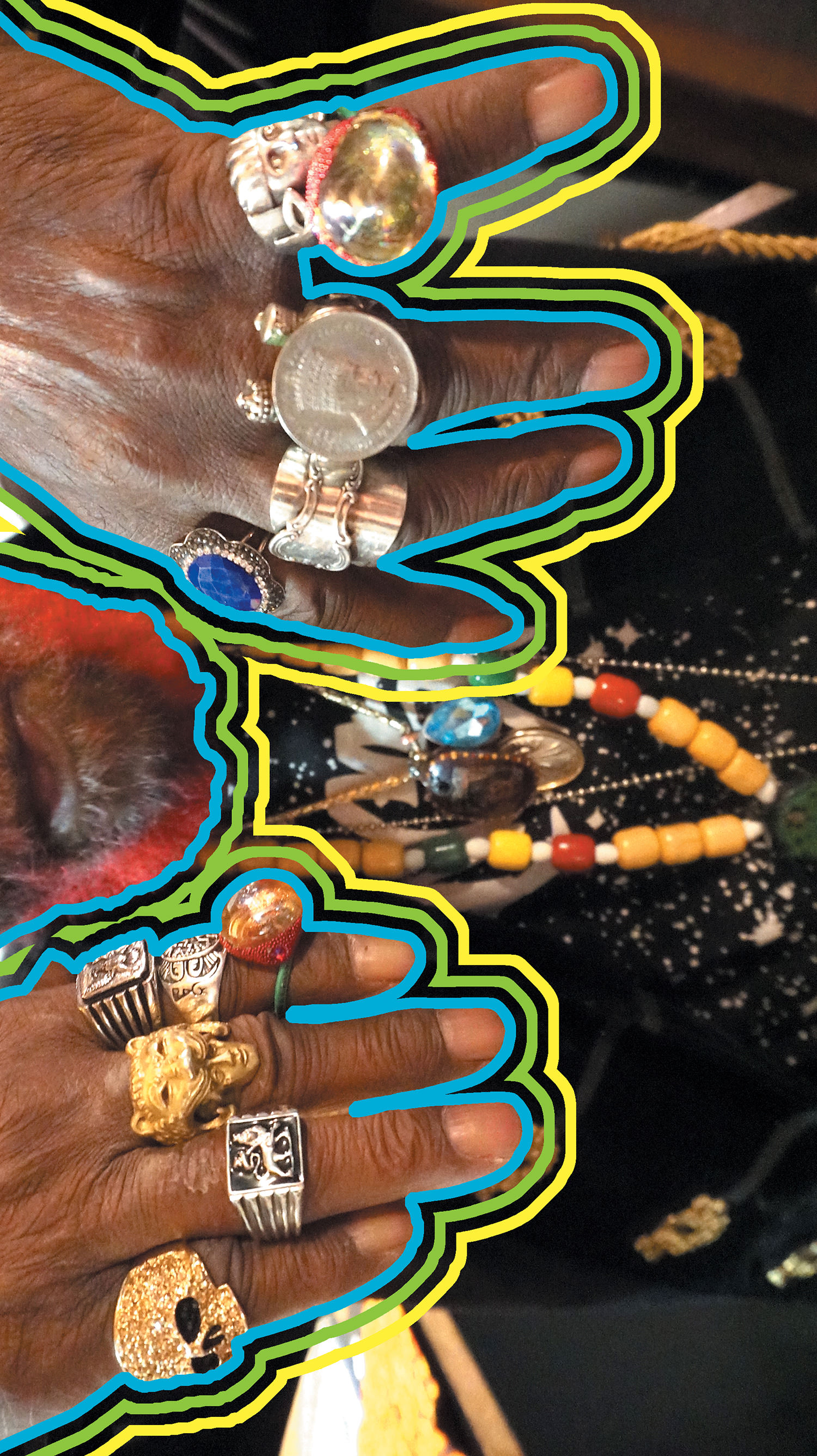Andrew Roberts started Purple Audio and came out with the MC76 limiting amplifier in 1997. Informed by Andrew's years as a tech, the MC76 implemented the classic UREI 1176 Revision E compression circuit using modern components and beefy build quality (see Tape Op #117's Behind The Gear interview). In 2002, Andrew released the MC77, adding some welcome features, and that model remains available today. And along the way, somehow Tape Op has never reviewed these units!
Earlier this year I was shopping for a pair of hardware 1176-style compressors, and my friends – including folks who have used a lot of very fine gear – consistently loved their Purples. So, I bought a pair of MC77s and I've been thrilled. I imagine most everyone reading this has used hardware or software 1176s, so I won't rehash their usual applications, but in short you could do a lot worse than making an entire record with an 1176 as the only compressor. I like the MC77's compression on pretty much everything, and it adds subtle, but dammit-I-feel-it euphonic zazz too.
I again swung by Jack Shirley's [#115] Atomic Garden Studios to compare the Purples with Jack's 1176s: a pair each of Universal Audio Rev E reissues, rare Universal Audio AEs (Anniversary Editions), and Hairball Audio Rev A Blue Stripe [Tape Op #84] builds. We tried them all on bass, vocals, entire drum kits, snares... the MC77 sounded indistinguishable from the Universal Audio Rev E. The Hairball Audio Rev A sounded great but much dirtier, especially when we dug way into its input with the attack in Off mode. One of Jack's AE editions was acting up, but we got enough out of them to decide that the AE is its own thing and distinctly different from other 1176s. Jack really liked the feel and build quality of the Purples.
The MC77's newer features are useful, and I now miss some of them when I use other 1176s. A (true) bypass switch on the front panel makes it easy to level match your processed signal and compare it with the unprocessed signal. I love this. There's a sidechain insert with a switch on the front panel; the obvious use is high-passing the detector signal so that low frequency energy doesn't end up stealing the show. This feature is a big deal on an 1176. I like the MC77 a lot on a parallel drum bus – for instance, sometimes I send all of the close drum mics but no overheads or room mics to my MC77 pair with the 4:1 and 8:1 buttons pushed for lots of fast crush – and a 100 Hz high-pass filter on the sidechain makes a dramatic difference. In fact, I bought a cheap Peavey stereo graphic EQ on eBay and left it hardwired to my MC77's sidechain inserts for this purpose. (There are tons of nearly free single rack space crossovers out there too, probably perfect for this purpose. Check eBay, Music Go Round, your practice space dumpster, etc.). There's also easy-access stereo linking on the MC77, which I've played with but not really felt a need for day to day, and LED meter lights that should hopefully never burn out – unlike every other 1176 lamp out there.
I have a few mild complaints: One, I'd like the bypass button to illuminate, thereby illustrating a strong reminder than the compressor is bypassed. Two, using the sidechain causes a compression change, even without processing the sidechain signal. This is a quirk, and exactly something you get used to living without in plug-in land, but it does make deciding "do I want to use the sidechain or not?" a little trickier. Three, yeah, it's 2020 – we all want blend controls for easy parallel compression. None of these have stopped me from happily using these compressors every session. My final "complaint" is that while mixing, I've been using my pair so much on parallel drums that I can't use them on anything else!
The manual includes schematics and calibration instructions. Purple products are hand-built in the US and come with a three year warranty.




_disp_horizontal_bw.jpg)